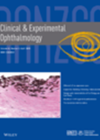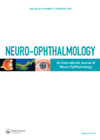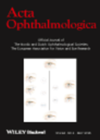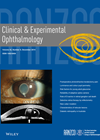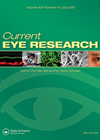
Journal Reviews
Changes in Japanese eyes after laser peripheral iridotomy
The aim of this study was to evaluate laser peripheral iridotomy (LPI) induced changes in anterior segment parameters, using the anterior segment optical coherence tomography (ASOCT). Seventy-two subjects of Japanese ethnicity with primary angle closure suspect (PACS), primary angle closure...
Static subjective visual vertical (SVV) in the normal visual system
Graviception is the perception of a persons’ orientation relative to gravitational force. This can be measured by means of subjective verticals, which can be divided into three tests: subjective visual vertical (SVV), subjective postural vertical (SPV) and subjective haptic vertical...
Update on primary angle closure glaucoma
This review article considers primary angle-closure glaucoma which is responsible for half of glaucoma-related blindness worldwide. Angle closure is characterised by appositional contact between the iris and trabecular meshwork. It tends to develop in eyes with shallow anterior chambers, anteriorly...
Risk factors for NTG in a young Korean population
Previously known ocular and systemic risk factors for normal tension glaucoma (NTG) include myopia, peripapillary atrophy, disc haemorrhage, migraine, obstructive sleep apnoea, thyroid disease and cerebral infarction. However, most NTG risk factor studies have examined patients aged 40 years and...
Short-term effects of intravitreal bevacizumab on the cornea
Bevacizumab has been extensively used to treat macula oedema and neovascularisation of the retina and it has also been useful in the management of corneal neovascular diseases. This prospective study aimed to provide more information on the effect bevacizumab may...

